Archive View
Grid View
List View
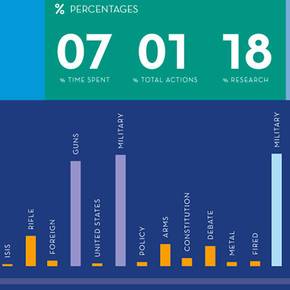
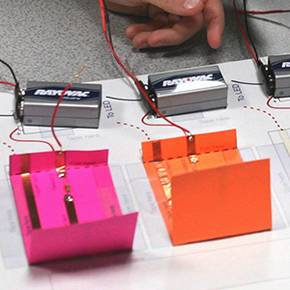
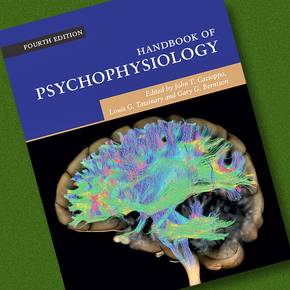


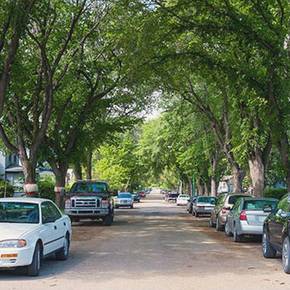
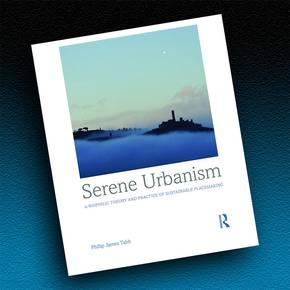

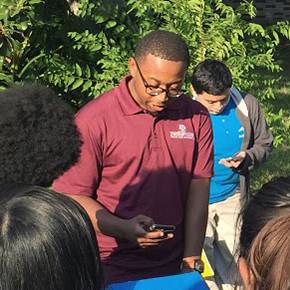
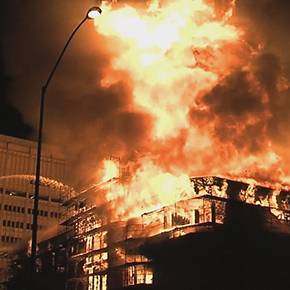



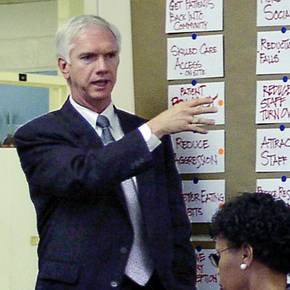
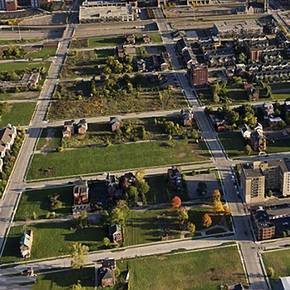
Research

Prof investigating best way to depict data-based decisions
posted
December 14, 2016
Decision-making based on large, complex and often unwieldy datasets is a perplexing process that Eric Ragan, professor of visualization at Texas A&M University, is working to illuminate through visualization in a National Science Foundation-funded project.
Viz profs heading STEM study in two colonias schools
posted
December 7, 2016
Six Hispanic high school students residing in South Texas colonias — impoverished, relatively undeveloped villages on the U.S. side of the Texas-Mexico border — are learning engineering basics in a study led by two visualization professors.
Viz prof co-edits book of mind/body research reviews
posted
November 16, 2016
A new edition of a book touted as an exhaustive overview of the latest research findings in psychophysiology — the scientific study of the interaction between mind and body — was co-edited by Louis Tassinary, professor of visualization at Texas A&M.
ESL researchers' A/C system cools with half as much energy
posted
November 16, 2016
An incredibly efficient evaporative cooling technique that requires half the energy of today’s air conditioning systems isn’t just a concept — it’s currently being tested by the Texas A&M University team that developed it.

Study eyes effect of ER doctor-nurse interface on patients
posted
November 16, 2016
Arsalan Gharaveis, a Texas A&M architecture Ph.D. student, is investigating the impact of physician-nurse interactions on emergency room patient care with help from a $7,500 Academy of Architecture for Health Foundation Legacy Fellowship.

LAND prof studies tree shade’s impact during heat waves
posted
November 10, 2016
Not only do shady landscapes offer relief from the summer heat, they can also reduce heat-related medical emergencies, according to a study undertaken by Robert Brown, professor of landscape architecture at Texas A&M, and four colleagues.

Prof’s new book explores theory of serene urbanism
posted
November 2, 2016
In his new book, Philip Tabb, Texas A&M professor of architecture, explores the theory of serene urbanism and how he brought it to life as the master planner for Serenbe, an environmentally friendly development near Atlanta.

HRRC eying how disasters influence food distribution
posted
October 11, 2016
Texas A&M University researchers are collaborating on an NSF initiative aimed at identifying links between the U.S. food distribution system and the nation’s energy, water and transportation networks that are most likely to be disrupted in a natural disaster.

Texas A&M research transforming urban school, community
posted
October 11, 2016
After each heavy rain last spring on the streets of an impoverished, east Houston industrial neighborhood, students from nearby Furr High School trained by Texas A&M graduate planning students mapped and tested the toxicity of storm floodwaters.

Student's algorithms expedite virtual fire scenario simulations
posted
October 4, 2016
New algorithms that dramatically shorten the time it takes to perform virtual building fire simulations developed by Chengde Wu, a Ph.D. architecture student at Texas A&M, can help architects make data-driven decisions to improve fire safety in their building designs.

Viz prof to learn if storytelling aids science learning
posted
September 30, 2016
Researchers will learn if the storytelling prowess of fourth-grade students aids their understanding of science concepts in a National Science Foundation project led by Sharon Lynn Chu, Texas A&M assistant professor of visualization.

Symposium keynote eyed design’s effect on office culture
posted
September 26, 2016
Author Rex Miller, an expert in workplace team performance, discussed design as a key element of office culture in “How Engaging Workspaces Lead to Transformation and Growth,” the keynote address of the 18th annual faculty research symposium.

Annual symposium showcased faculty research projects
posted
September 26, 2016
Faculty presented a wide array of projects at the college’s 18th annual research symposium, “Natural, Built, Virtual,” Oct. 24, 2016, at the Langford Architecture Center on the Texas A&M College Station campus.

Healthcare design expert tapped to lead research center
posted
September 1, 2016
Ray Pentecost, one of the nation’s foremost advocates and practitioners of healthcare facility evidence-based design, has been named director of the Texas A&M Center for Health Systems and Design by Jorge Vanegas, dean of the university’s College of Architecture.

The Atlantic Q&A with Newman eyes shrinking cities
posted
September 1, 2016
Once-vibrant Rust Belt cities are using scattershot approaches to grapple with growing areas of vacancy caused by population decline, said Galen Newman, assistant professor of urban planning at Texas A&M, in a July 20, 2016 article in The Atlantic.
Follow Us
Facebook Twitter Vimeo Youtube Flickr RSS

Planning prof heads study of disaster housing aid
June 12, 2020

A message from the dean
June 2, 2020

Former student remembered as expert planner
April 16, 2020

Leading educator named new head of Architecture Dept.
April 1, 2020

COVID-19 tests given in student-built clinic
March 30, 2020

Legendary emeritus prof remembered as inspiration
March 18, 2020

LIVE Lab-developed games featured at foundation event
March 10, 2020

Alumnus carves sculpture honoring band history
February 26, 2020
_thumbnail_small.jpg)
Arch prof’s app could be used for LEGO, IKEA projects
February 18, 2020



_thumbnail_small.png)

